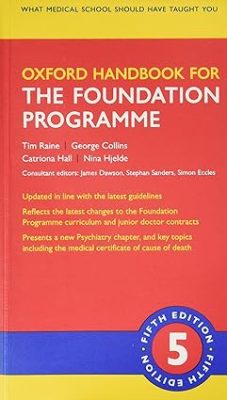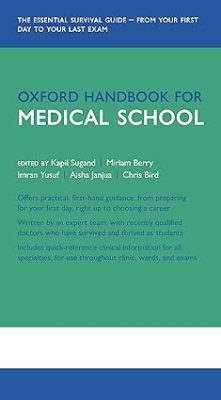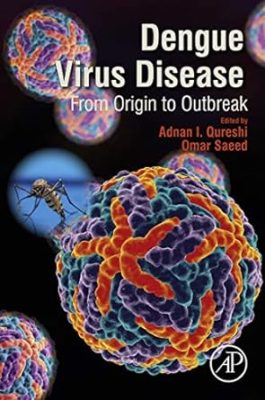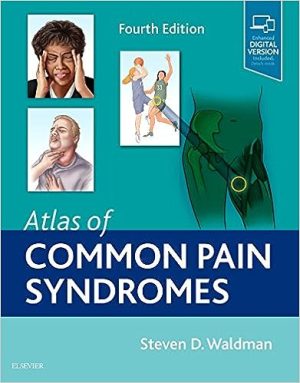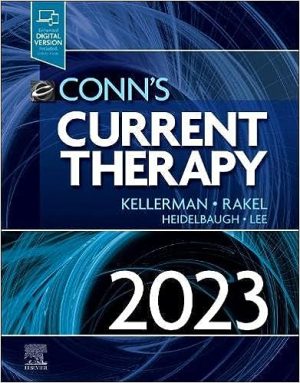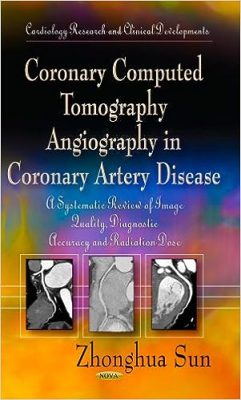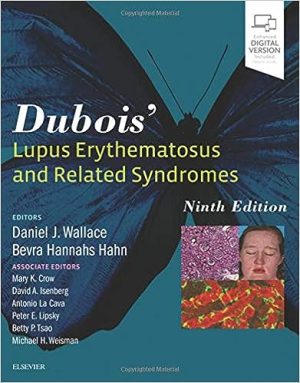Oxford Handbook of Acute Medicine (Oxford Medical Handbooks) 4th Edition
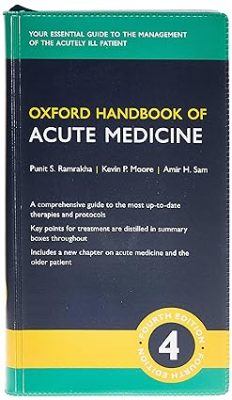
Current, comprehensive, and focused, the bestselling Oxford Handbook of Acute Medicine returns for its fourth edition.
Thoroughly revised and updated throughout, this trusted, quick-reference guide includes the latest evidence-based guidelines and recommended management of medical emergencies alongside new figures and clinical tips from experienced authors and a team of dedicated specialist reviewers. With a new chapter on acute medicine and the older patient, and even more distilled key points and practice tips, it is accessible to all members of the multidisciplinary team and practitioners across an even wider range of specialties. The Oxford Handbook of Acute Medicine remains the must-have resource for all those dealing with acute illness.
Your practical guide to the presentation, causes, and management of the acutely ill patient, this Handbook will take you step-by-step through the management of the patient while awaiting specialist help, and beyond, with details of specialist treatments to help you make an informed decision about your patient’s ongoing care.
We have taken on board recent consumer feedback on the 4th edition and would like to clarify that the handbook has been kept to a portable and concise size whilst including the necessary information required by our readers. We have updated the Adult advanced life support algorithm in our latest reprint and online, and the other points raised by consumers are with the book authors for their review. Readers can get in touch with us directly using the contact details on the back of the book or at our online form via the address below with questions or comments. https://global.oup.com/academic/category/medicine-and-health

